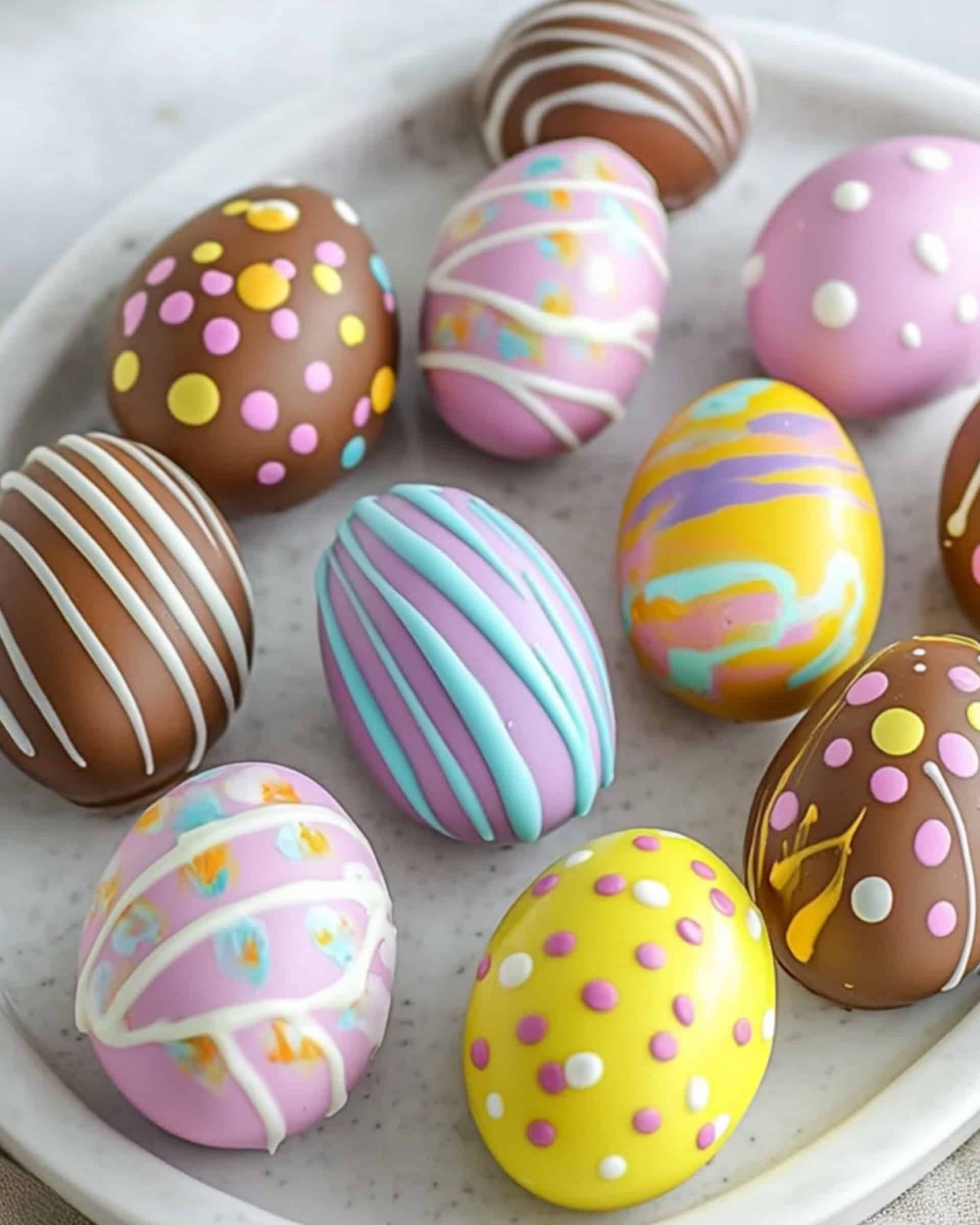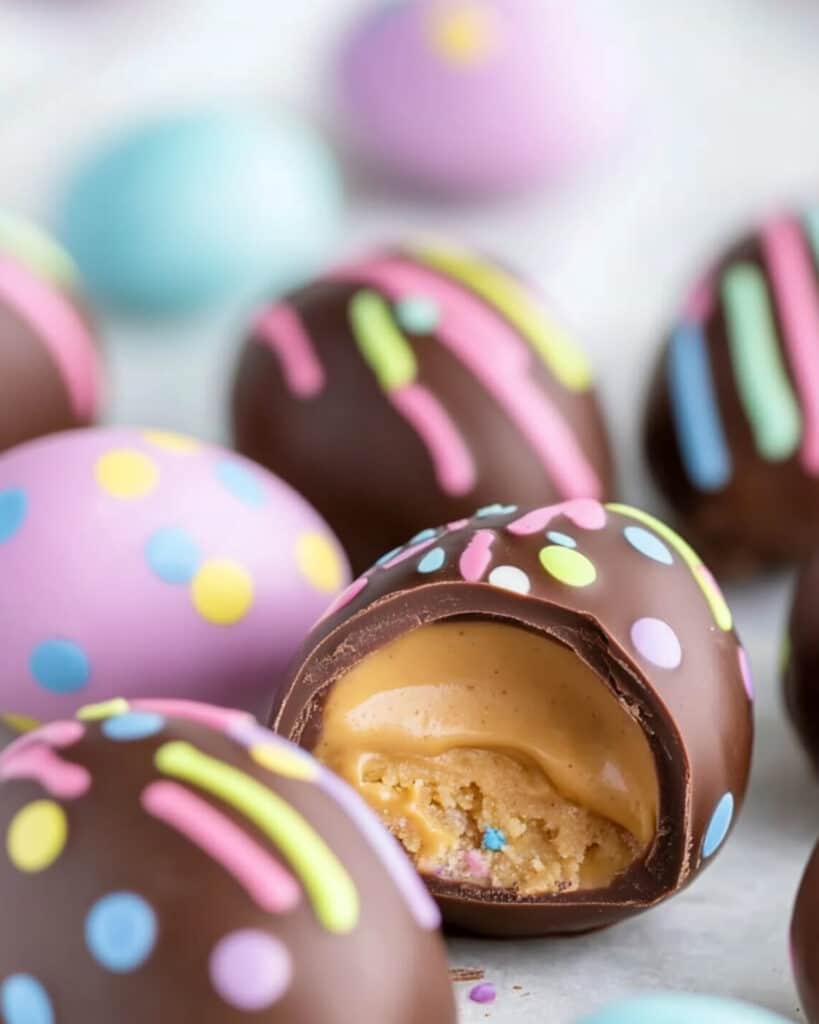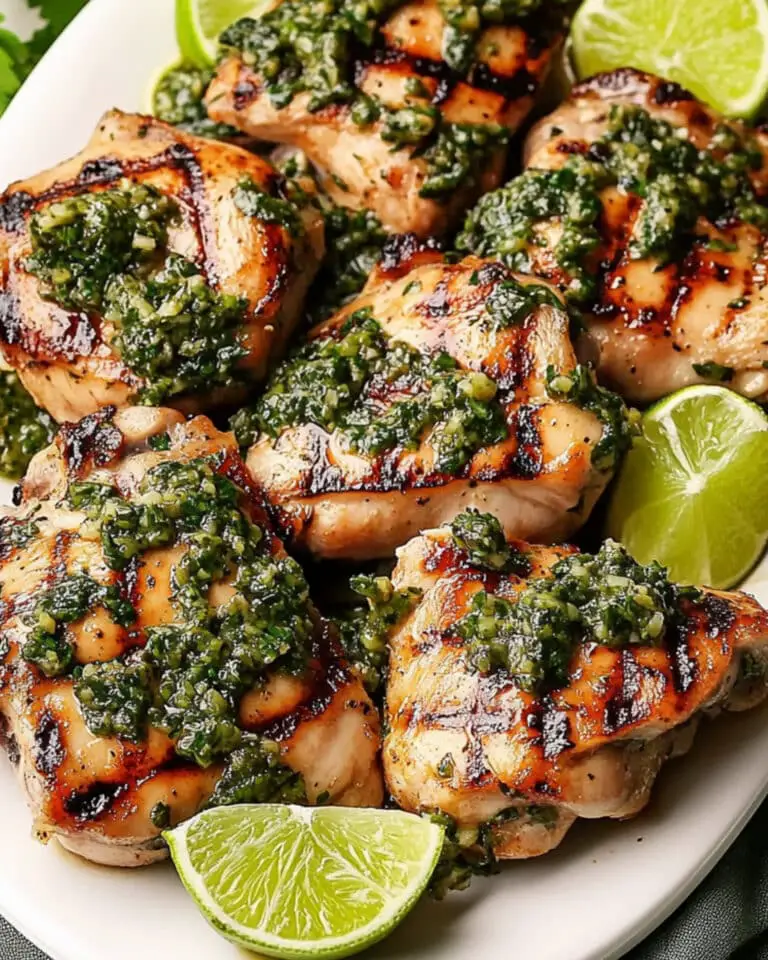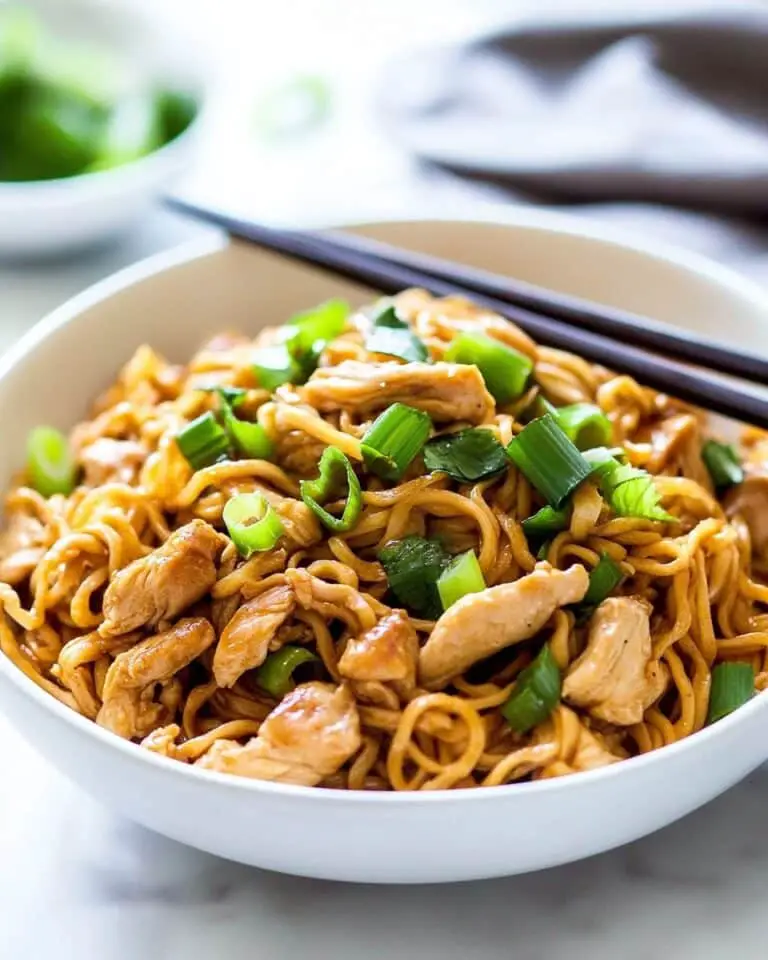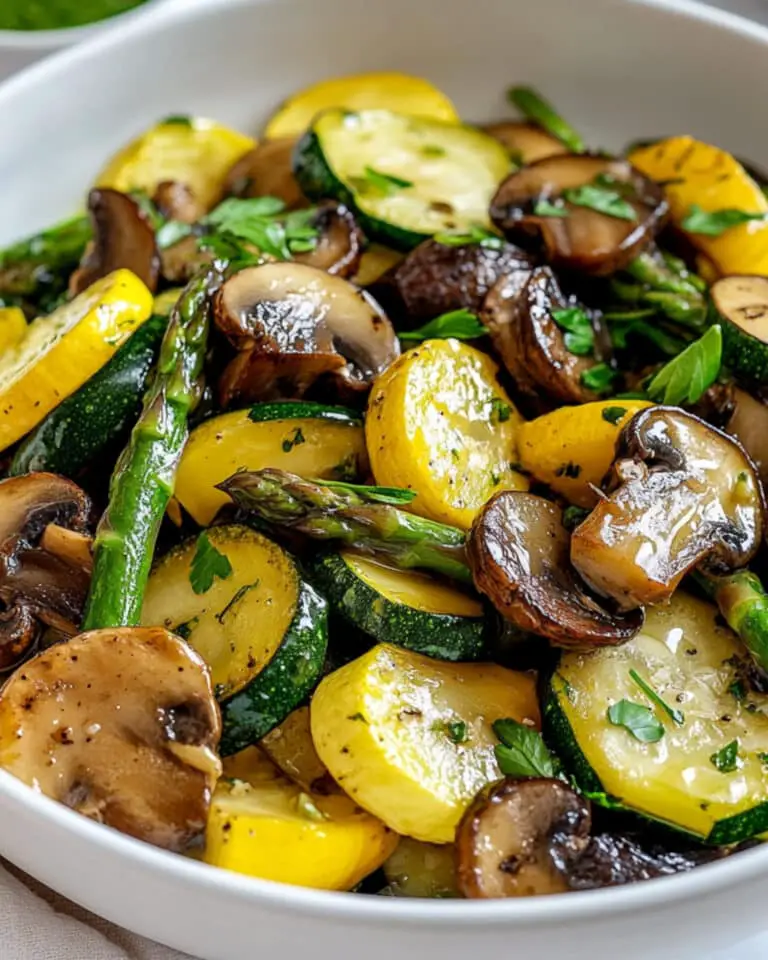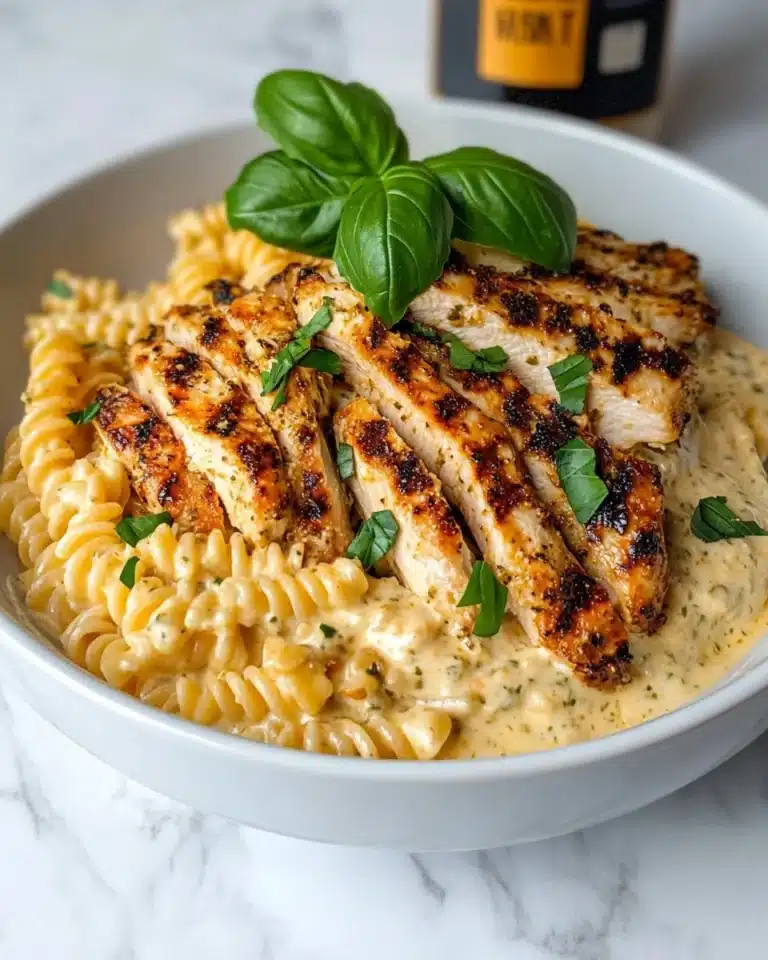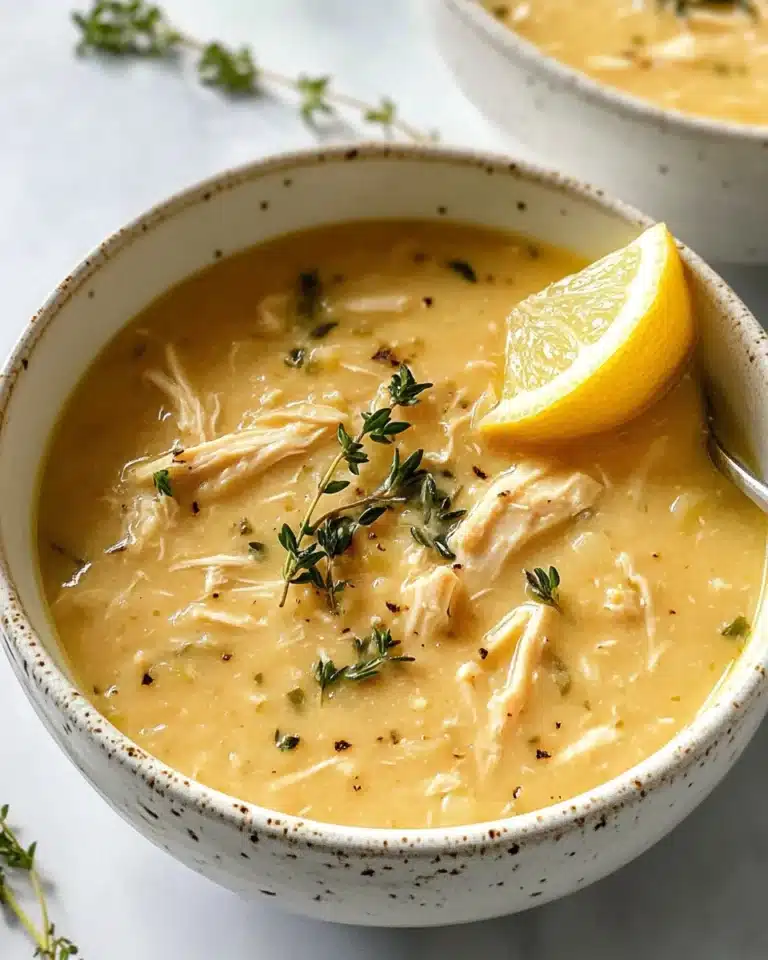This homemade Peanut Butter Easter Eggs recipe transforms simple ingredients into decadent, festive treats that rival any store-bought candy. With a smooth, creamy peanut butter filling encased in a beautiful chocolate shell, these eggs are perfect for Easter baskets, holiday gatherings, or whenever you’re craving something sweet. The decorative options are endless, allowing you to create personalized confections that are as impressive to look at as they are delicious to eat!
Why You’ll Love This Recipe
- No Baking Required: This is completely no-bake, making it perfect for when you don’t want to turn on the oven or when you’re cooking with kids.
- Customizable Designs: From polka dots to artistic brush strokes, you can make each egg unique and tailored to your personal style or holiday theme.
- Better Than Store-Bought: These homemade peanut butter eggs have a fresher taste and smoother texture than commercial candy, plus you control the quality of ingredients.
- Make-Ahead Friendly: Prepare these treats days before you need them, making them perfect for holiday planning when time gets tight.
Ingredients You’ll Need
- Graham Crackers: Adds a subtle honey-graham flavor and helps create the perfect texture in the filling.
- Peanut Butter: Use a smooth variety for the creamiest filling. The star ingredient that gives these eggs their irresistible flavor.
- Powdered Sugar: Sweetens the filling while creating that perfect fudgy consistency we all love in peanut butter eggs.
- Vanilla Extract: Enhances the overall flavor profile with its warm, aromatic notes.
- Butter: Creates richness and helps bind everything together for a smooth, creamy texture.
- Salt: Balances the sweetness and enhances the peanut flavor. Don’t skip this!
- Colored Candy Coating: These create the decorative elements that make each egg special and eye-catching.
- Chocolate Candy Coating: Forms the shell of the eggs. Candy coating (rather than regular chocolate) sets firm without tempering and won’t melt at room temperature.
Note: You’ll find the complete list of ingredients, along with their exact measurements, in the printable recipe card at the bottom of this post.
Variations
Want to switch things up? Try these creative twists:
- Crunchy Version: Add chopped roasted peanuts or rice crispy cereal to the filling for extra texture.
- Flavor Infusions: Add a drop of mint extract to the chocolate coating or a dash of cinnamon to the peanut butter filling.
- Almond Butter Eggs: Substitute almond butter for peanut butter for a different nutty flavor profile.
- Chocolate Swirl: Mix a bit of melted chocolate into the peanut butter filling for a marbled effect.
- Adult Version: Add a splash of bourbon or rum to the filling for a grown-up treat.
How to Make Peanut Butter Easter Eggs
Step 1: Prepare the Peanut Butter Filling
Crush the graham crackers into fine crumbs using a plastic bag and rolling pin. Combine them with peanut butter, powdered sugar, vanilla, butter, and salt in a mixing bowl. Beat until completely smooth and well-blended. Cover with plastic wrap while you prepare the chocolate shells.
Step 2: Create Decorative Chocolate Shells
Make sure your silicone egg molds are clean and completely dry. Melt your colored candy coatings separately in microwave-safe bowls, stirring frequently to prevent scorching.
For polka dot eggs: Dip a lollipop stick into colored coating and dot the inside of the mold. Use different colors for variety, then refrigerate until set.
For brush stroke eggs: Use a dry paintbrush to create single color strokes inside each cavity. Refrigerate until hardened.
For color swirl eggs: Drizzle thin streams of colored coating inside the molds, creating abstract patterns. Refrigerate to set the design.
Step 3: Add the Chocolate Layer
Melt the chocolate candy coating until smooth. Spoon a small amount into each cavity and use a clean paintbrush to spread it evenly up the sides. Make sure the coating is thick enough to form a sturdy shell. Clean the edges with a metal spatula, then refrigerate until firm.
Step 4: Fill and Seal the Eggs
Scoop peanut butter filling into each chocolate shell, pressing down gently to create an even layer. Leave a small margin (about 1/8″) at the top for sealing. Re-melt the chocolate coating if needed, then spoon it over the filling, spreading to create a complete seal with the sides. Refrigerate for at least 10 minutes until completely set.
Step 5: Unmold and Enjoy
Once fully set, gently flex the silicone molds to release the eggs. They should pop out easily with shiny, beautiful shells revealing your decorative designs.
Pro Tips for Making the Recipe
- Room Temperature Ingredients: Make sure your butter and peanut butter are at room temperature for the smoothest filling.
- Shell Thickness Matters: Apply the chocolate coating thickly enough to prevent breaking when unmolding, but not so thick that it’s difficult to bite through.
- Preventing Air Bubbles: Tap the mold gently on the counter after applying chocolate to release any air bubbles trapped in the coating.
- Clean Edges: Use a metal spatula or knife to scrape excess chocolate from the top of the mold for professional-looking eggs.
- Troubleshooting Stickiness: If your peanut butter filling is too sticky to work with, refrigerate it for 15-20 minutes before scooping.
How to Serve
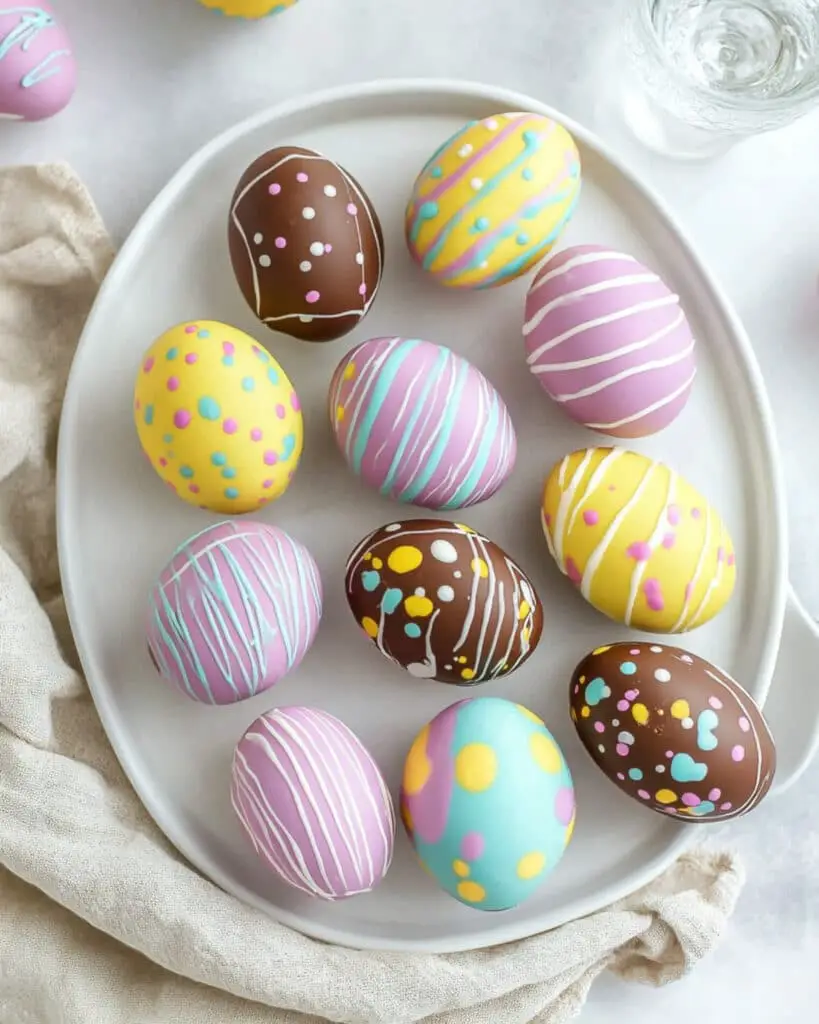
These peanut butter eggs make a gorgeous addition to any Easter celebration or spring gathering. Here are some serving suggestions:
Display Ideas
Arrange them in a decorative bowl or on a tiered serving platter as a centerpiece for your holiday table.
Gifting
Package them in cellophane bags tied with pastel ribbons for perfect Easter basket stuffers or hostess gifts.
Accompaniments
Serve alongside fresh berries and whipped cream for an elegant dessert plate, or with coffee and tea for an afternoon treat.
Make Ahead and Storage
Storing Leftovers
Store in an airtight container at room temperature for up to two weeks. The candy coating creates a protective seal that preserves freshness.
Freezing
These eggs can be frozen for up to 3 months in an airtight container with parchment paper between layers. Thaw at room temperature for about an hour before serving.
Serving Temperature
For the best flavor and texture, serve these eggs at room temperature when the peanut butter filling is at its creamiest consistency.
FAQs
-
Can I use natural peanut butter for this recipe?
Natural peanut butter tends to be oilier and less stable than commercial varieties. If using natural peanut butter, you may need to add a bit more powdered sugar to achieve the right consistency. Make sure it’s well-stirred and not separated before measuring.
-
What if I don’t have silicone egg molds?
While silicone molds create the best egg shape, you can shape the peanut butter filling by hand into egg shapes, freeze them until firm, then dip in melted chocolate. The decorative elements won’t be possible, but they’ll still taste delicious!
-
Can I make these without graham crackers?
Absolutely! Graham crackers add a subtle flavor and texture, but you can omit them and add a little extra powdered sugar to achieve the right consistency. Some people prefer using crushed butter cookies or even rice krispies as alternatives.
-
How do I prevent the chocolate from blooming or turning white?
Chocolate blooming occurs when it’s exposed to temperature fluctuations. Using candy coating rather than regular chocolate helps prevent this issue. Store your finished eggs at a consistent temperature and avoid moving them between cold and warm environments.
Final Thoughts
These Peanut Butter Easter Eggs bring together the nostalgic flavors of childhood candy with a homemade touch that makes them extra special. The beautiful decorative elements transform simple ingredients into eye-catching treats that will delight everyone who sees—and tastes—them. Whether you’re making them for Easter celebrations or just because you love the peanut butter-chocolate combination, these eggs are sure to become a beloved tradition in your home!
Print
Peanut Butter Easter Eggs Recipe
- Prep Time: 1 hour
- Total Time: 1 hour
- Yield: 18 peanut butter eggs 1x
- Category: Desserts
- Method: No-cook
- Cuisine: American
Description
These Peanut Butter Easter Eggs are a fun and delicious homemade treat that’s perfect for Easter celebrations or as a sweet gift. With a creamy peanut butter filling and a rich chocolate shell, customizable with various colorful decorations, these eggs are a delightful way to enjoy a classic flavor combination. They’re easy to make and will impress kids and adults alike!
Ingredients
Peanut Butter Filling
- 2 graham crackers (2 rectangular sheets)
- 9.5 oz smooth peanut butter (1 cup)
- 8 oz powdered sugar (2 cups)
- 1 tsp vanilla extract
- 2 oz unsalted butter (4 TBSP, at room temperature)
- 1/2 tsp salt
Chocolate Shell
- 4 oz colored candy coating melts (approximately 1 oz each of various pastel shades)
- 12 oz chocolate candy coating melts (about 2 cups)
Instructions
- Prepare the Peanut Butter Filling: Put the graham crackers in a sealed plastic bag and finely crush them using a rolling pin until you achieve a crumb-like texture.
- In a mixing bowl fitted with a paddle attachment, combine the graham cracker crumbs, peanut butter, powdered sugar, vanilla extract, butter, and salt. Mix on low speed until blended, then increase to medium speed and beat for 30-60 seconds until the mixture becomes smooth and homogeneous. Cover with a layer of plastic wrap and set aside.
- Create Polka Dot Designs for the Chocolate Shells: Ensure the silicone egg molds are clean and dry. Melt the colored candy coating in separate bowls using a microwave in short increments, stirring frequently to avoid overheating.
- For polka dots, dip the tip of a lollipop stick into the melted coating and add dots to the inside of the molds. Refrigerate until hardened.
- Brush Stroke and Swirl Designs: For brush strokes, use a dry paintbrush to apply long strokes of colored coating inside the mold. For swirls, use a spoon to create streaks by flicking thin lines of melted coating into the molds. Once satisfied with the designs, refrigerate the molds until the colors harden.
- Melt the Chocolate and Form the Shells: Melt the chocolate candy coating in a microwave, stirring often. Spoon a small amount of chocolate into each cavity of the egg mold and use a clean dry paintbrush to coat the inside evenly. Make the layer thick enough to hold the filling. Use a spatula to clean the edges for a neat finish, then refrigerate the molds until the chocolate sets.
- Add the Peanut Butter Filling: Scoop a spoonful of peanut butter filling into each cavity and press it firmly with your fingers, leaving a small margin (about 1/8 inch) at the top.
- Seal with Chocolate: Re-melt the chocolate coating if necessary and spoon it on top of the peanut butter filling. Spread the chocolate to the edges of the cavity, sealing the filling completely. Repeat for all eggs and refrigerate the molds for at least 10 minutes until firm.
- Unmold and Serve: Gently flex the molds to pop the eggs out onto your workspace. For the best flavor and texture, serve at room temperature. Store in an airtight container at room temperature for up to 2 weeks.
Notes
- This recipe uses an 8-cavity egg mold, making around 18 eggs. You can work in batches or use multiple molds.
- Feel free to experiment with different designs and patterns for a personalized touch.
- If the candy coating is too thick, add small amounts of vegetable oil for better consistency.
Nutrition
- Serving Size: 1 peanut butter egg
- Calories: 230kcal
- Sugar: 20g
- Sodium: 120mg
- Fat: 13g
- Saturated Fat: 6g
- Unsaturated Fat: 7g
- Trans Fat: 0g
- Carbohydrates: 24g
- Fiber: 1g
- Protein: 4g
- Cholesterol: 10mg

